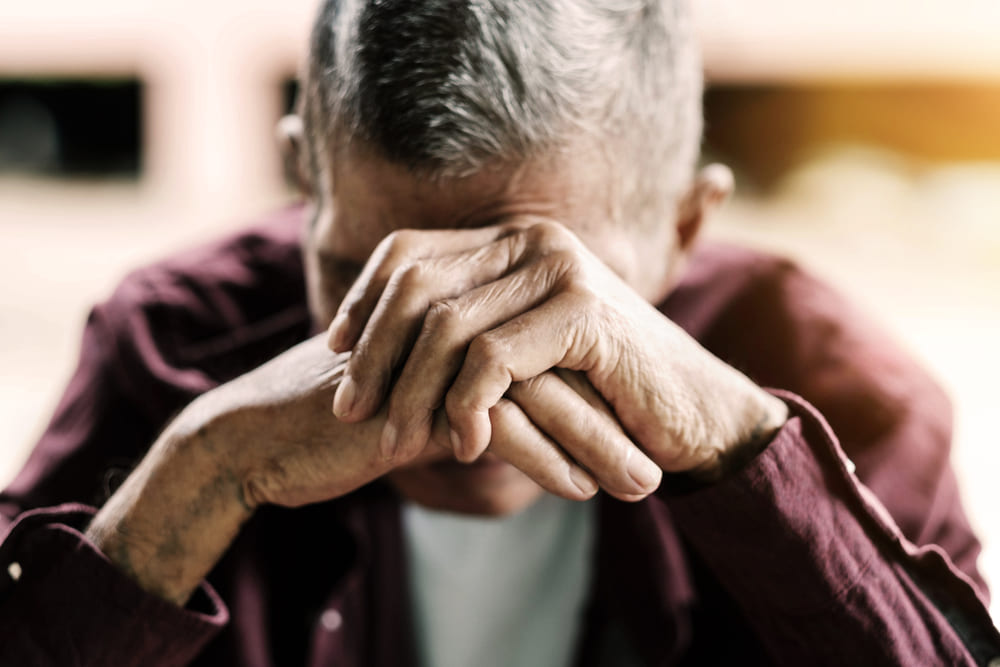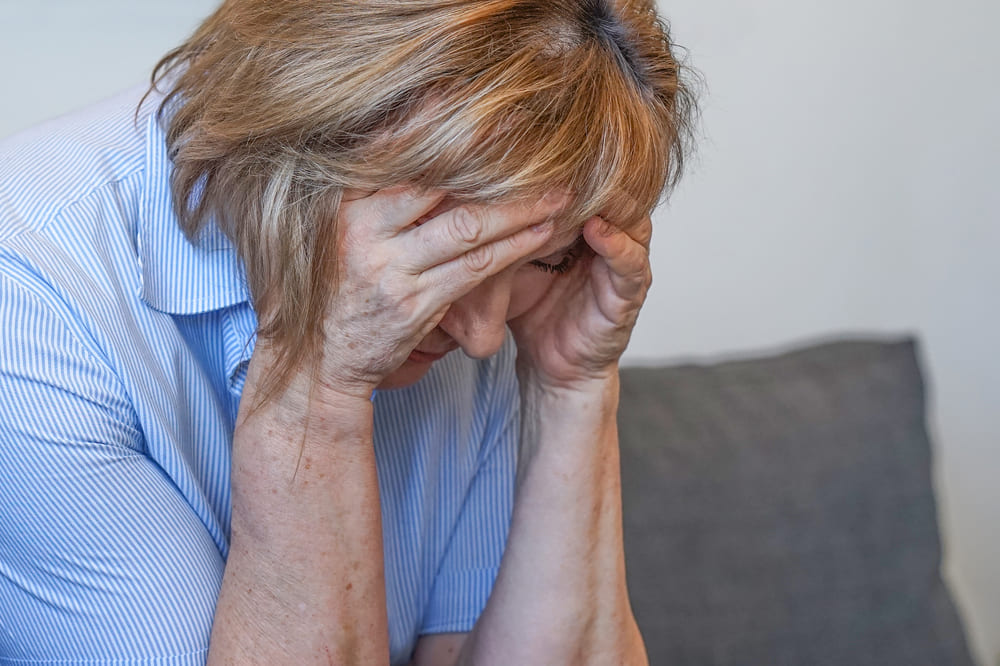Elder abuse is a serious and often overlooked issue affecting older adults worldwide. According to the National Institute on Aging (NIA), elder abuse encompasses various forms of mistreatment or neglect inflicted upon individuals aged 60 and older. This can include physical, emotional, sexual, or financial abuse, as well as neglect by caregivers or others in positions of trust.
Statistics from the World Health Organization (WHO) highlight the alarming prevalence of elder abuse globally. It is estimated that around 1 in 6 older adults have experienced some form of abuse in the past year, with only a fraction of cases reported. This underreporting underscores the hidden nature of elder abuse, often occurring in private settings where victims may be isolated and vulnerable.
Understanding the definition of elderly abuse is crucial for identifying and addressing this issue effectively. It involves intentional actions or negligence that result in harm or risk of harm to an older adult, violating their rights and dignity. By raising awareness on what is elderly abuse and taking proactive measures, we can work towards preventing elder abuse and ensuring the well-being and safety of older adults in our communities.
What are the 5 most common types of elder abuse?
Elder abuse encompasses various forms of mistreatment, ranging from physical abuse to financial exploitation. Each type presents distinct signs and impacts on older adults’ physical, emotional, and financial well-being.
1. Physical Abuse
Physical abuse against elderly individuals involves any form of physical force that results in injury, pain, or impairment. Examples include hitting, pushing, or restraining an older person. Signs of physical abuse may include unexplained bruises, fractures, or injuries inconsistent with explanations given. Such abuse can have devastating impacts on the elderly, leading to chronic pain, decreased mobility, and heightened fear or anxiety.
2. Emotional or Psychological Abuse
Emotional or psychological abuse targets an elderly person’s emotional well-being and mental health. It can manifest through threats, humiliation, or constant criticism, causing profound emotional distress. Signs may include sudden changes in behavior, withdrawal from activities, or fearfulness around caregivers. This form of abuse can severely affect mental health, leading to depression, anxiety disorders, or emotional trauma.
3. Financial Abuse
Financial abuse involves unauthorized use of an elderly person’s funds or property for personal gain. Common tactics used by abusers include forging signatures, coercing seniors to sign documents, or stealing money outright. Warning signs include unexplained withdrawals, sudden changes in financial situations, additional names on bank accounts, or missing valuables. This exploitation can leave older adults financially devastated, impacting their ability to afford basic needs or medical care.
4. Neglect
Neglect occurs when caregivers fail to provide the necessary care and support required for an elderly person’s well-being. It can involve withholding food, medication, or necessary assistance with daily activities. Signs of neglect may include poor hygiene, untreated medical conditions, or unsafe living conditions. Neglect can lead to serious health complications, physical decline, and a diminished quality of life for the elderly.
5. Sexual Abuse
Sexual abuse against older adults involves any unwanted sexual contact, coercion, or exploitation. Examples include sexual assault, inappropriate touching, or forced nudity. Warning signs may include unexplained genital infections, bruising around breasts or genitals, or emotional withdrawal. Sexual abuse can have profound and long-lasting effects on victims, including trauma, fearfulness, and an increased risk of physical and psychological health issues.
Risk Factors and Causes of Elder Abuse
Elder abuse is influenced by various risk factors and causes. These factors operate at different levels of influence, exacerbating the vulnerability of older adults.
Risk Factors:
- Caregiver stress
- Relationship dynamics
- Social isolation
- Dementia care challenges
- Societal factors
Causes:
- Intense caregiver stress
- Marital status impacts
- Lack of social interaction
- Cognitive impairments
- Ageism and cultural norms

Recognizing the Signs of Elder Abuse
From physical indicators that hint at possible mistreatment to behavioral changes that suggest emotional distress, recognizing the signs of elder abuse is crucial in safeguarding vulnerable seniors from harm. Understanding these signs empowers caregivers, family members, and communities to intervene effectively and protect older adults from abuse.
- Physical indicators (bruises, fractures, malnutrition).
- Behavioral changes (withdrawal, anxiety, fear).
- Financial red flags (unexplained transactions, missing belongings).
- Environmental signs (unsafe living conditions, lack of basic care).
Steps to Take if You Suspect Elder Abuse
If you suspect an elderly individual is experiencing abuse or neglect, it’s essential to act swiftly. Steps typically involve documenting any observed signs, gathering relevant information discreetly, and contacting local adult protective services or law enforcement authorities. Additionally, consulting with an experienced elder abuse attorney can provide invaluable guidance on legal options and strategies to protect the rights and well-being of the elderly. For more detailed steps on reporting suspected elder abuse, please refer to our comprehensive blog article on “What are steps in reporting suspected elder abuse?” which offers expert insights and actionable advice.
The Role of Elder Abuse Attorneys
Navigating elder abuse claims requires a deep understanding of state laws, statutes of limitations, and the intricacies of evidence collection. Elder abuse attorneys bring not only legal acumen but also compassion and dedication to their clients’ cases. They advocate fiercely for victims, helping them secure compensation for damages and holding responsible parties accountable. With their guidance, families can navigate the emotional and legal challenges of elder abuse cases with confidence.
Recognizing and addressing elder abuse is paramount to safeguarding the well-being of our elderly population. By understanding the signs and taking swift action, you can prevent further harm and ensure justice for those affected. If you suspect elder abuse, don’t hesitate to report the abuse and seek help from professionals who specialize in elder law.
At Friedman & Throop, we take cases involving nursing home, personal care attendant and medical provider abuse causing physical injury and cases where people or entities take advantage of elder persons causing substantial financial loss. Our experienced team of elder abuse attorneys understands the complexities of these emotionally charged cases and the importance of protecting vulnerable senior citizens. Visit our Elder Abuse page for more information on how our dedicated team can assist you in navigating the complexities of your case. Contact our offices today at 775-322-6500 to schedule a free consultation and take the first step toward getting the compensation and justice you and your family members deserve.



